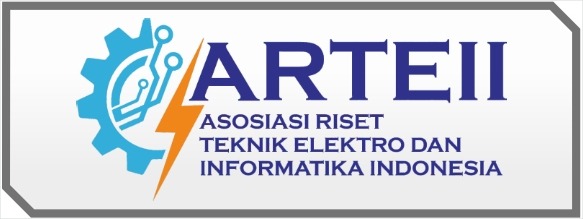Harnessing Solar Energy for Sustainable Urban Street Lighting
DOI:
https://doi.org/10.69930/ajer.v1i2.149Keywords:
Public street lighting, solar energy, energy efficiency, emissions, urbanAbstract
Public street lighting plays an important role in enhancing safety and comfort in urban areas. However, the use of conventional energy for public street lighting significantly contributes to greenhouse gas emissions. This research aims to study the optimization of solar energy usage in public street lighting systems to reduce urban emissions. The methods used include energy efficiency analysis, case studies of solar energy-based public street lighting implementation, and environmental impact evaluation. The results of the study show that the application of solar energy technology in public street lighting can increase energy efficiency by up to 30% and reduce CO2 emissions by 25% compared to conventional systems. In the case study of public street lighting in the city of Binjai, the reduction in carbon emissions reached 99.96%. Additionally, this study also identifies key factors affecting the success of implementation, such as technical design, initial costs, and government policy support. Therefore, optimizing solar energy-based public street lighting not only has the potential to reduce negative environmental impacts but also supports sustainable urban development.
References
1. Alsharif A, Younis Jomah R, Alshareef A, Almihat M, Salah A, Al Smin A, et al. Hybrid Systems Renewable Energy Based Street Lighting Planning: A Case Study "Hybrid Systems Renewable Energy Based Street Lighting Planning: A Case Study. African J Adv Pure Appl Sci. 2022;1(1):12–21.
2. Chalfin A, Hansen B, Lerner J, Parker L. Reducing Crime Through Environmental Design: Evidence from a Randomized Experiment of Street Lighting in New York City. J Quant Criminol. 2022;38(1):127–57.
3. Qin X, Wei Q, Wang L, Shen Y. Solar Lighting Technologies for Highway Green Rest Areas in China: Energy Saving Economic and Environmental Evaluation. Int J Photoenergy. 2015;2015.
4. Untoro S, Risdiyanto Ismail N. Analisa Efisiensi PLTU Paiton Ketika High Pressure Heater (HPH 7). 2022;05(01):10–5.
5. Yolnasdi Y. Perencanaan Lampu Sorot LED untuk Penerangan Jalan Kartini Kota Bangkinang. J Surya Tek. 2017;5(02):25–33.
6. Effendi; A, Aldifian M. Perencanaan Penerangan Jalan Umum Jalan Lingkar Utara Kota Solok. J Tek Elektro ITP. 2012;1 No.2(Januari 2012):9.
7. Pratama WA, Arifin Z. Analisis Pemasangan Instalasi Penerangan Jalan Umum di Jalan Soekarno-Hatta Pedurungan. Appl Electr Eng J [Internet]. 2021;05(02):50–6. Available from: http://publikasi.dinus.ac.id/index.php/aiej/index8
8. Padang BRS, Mulyadi R, Yusran Y. Evaluating and Analyzing the Solar Public Street Lighting Utilization: A Case Study in Manokwari. Indones J Multidiscip Sci. 2023;2(8):2967–82.
9. Nugraha IMA, Desnanjaya IGMN. Technical, economic and social feasibility of using solar street lighting on campus. Int J Power Electron Drive Syst. 2023;14(3):1731–8.
10. Tharo Z, Andriana M, Andhika P. Journal of Information Technology and Computer Science ( INTECOMS ) Renewable Energy Based Smart Wash. 2023;6.
11. Shamin N, Demak NAK. Evaluasi Tingkat Penerangan Jalan Umum (Pju) Di Kota Gorontalo. Sekol Tinggi Tek Bina Taruna Gorontalo. 2018;7(1):44–61.
12. Tharo Z, Arnita V, Barus DP, Gultom J. Utilization of Solar Energy to Enhance Energy Independence in Pematang Serai Village , Langkat Regency. 2024;1(November):193–200.
13. Aryza S, Tharo Z, Anisah S. Design and Build a Sun Tracking System Using a Fuzzy Logic Controller to Optimize the Output Power of the Solar Cell Module. :5142–54.
14. Tharo ZH. Analisis Biaya Pembangkit Listrik Tenaga Surya (PLTS) Atap Skala Rumah Tangga. 2020;3(2).
15. Lubis N, Junaidi A, Fahreza I. Integration of Electrical Conductivity Concept in Measurement and Instrumentation Learning : Case Study on the Use of Soil Fertility Monitoring Tool for Electrical Engineering Students. 2024;16:4915–30.
Downloads
Published
How to Cite
Issue
Section
License
Copyright (c) 2024 Zuraidah Tharo, Eddy Sutejo, Gavana Mustaqim SK

This work is licensed under a Creative Commons Attribution-ShareAlike 4.0 International License.























